Oral history plays a valuable role at many National Park Service sites. Some use interviews to enrich museum exhibits and other interpretive and educational programs and to bring digital place-based stories to audiences far and wide. You can find more examples of innovative oral history practice in the Directory of Oral History in the National Park Service.
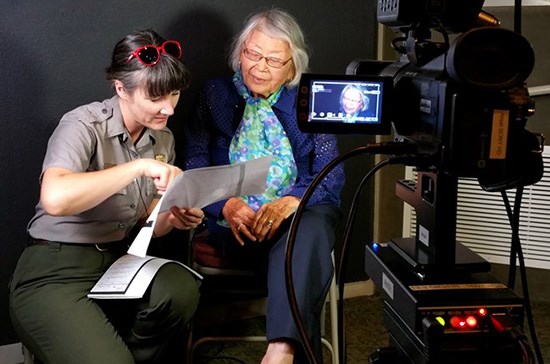
NPS (Image and caption from Manzanar National Historic Site)
Manzanar National Historic Site
At Manzanar National Historic Site, oral history interviews have been crucial to interpretation, education, and resource management. Its oral history project documents the World War II history of Japanese Americans at Manzanar and elsewhere through the personal accounts of the formerly incarcerated, government staff, military personnel, and residents of communities near the camps.
Some of the site's oral histories are available online through the Densho archive, California Light and Sound and on Manzanar's YouTube Channel.
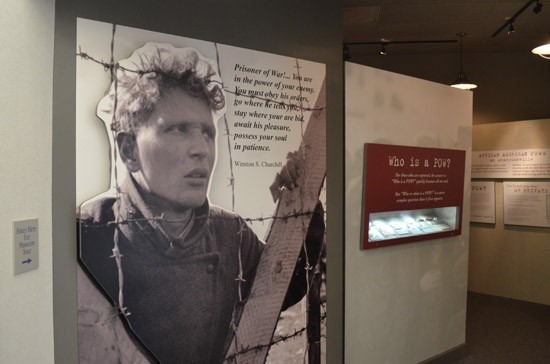
NPS / Andersonville National Historic Site
Andersonville National Historic Site
Oral history interviews enhance exhibits at the National Prisoner of War Museum at Andersonville National Historic Site.
Former prisoners of war who fought in World War II, the Korean War, the Vietnam War, or the Persian Gulf War describe capture, the journey to prison, living conditions in captivity, torture, death of comrades, survival strategies, and liberation. Interviews also have inspired a community theater play and been featured on C-SPAN.
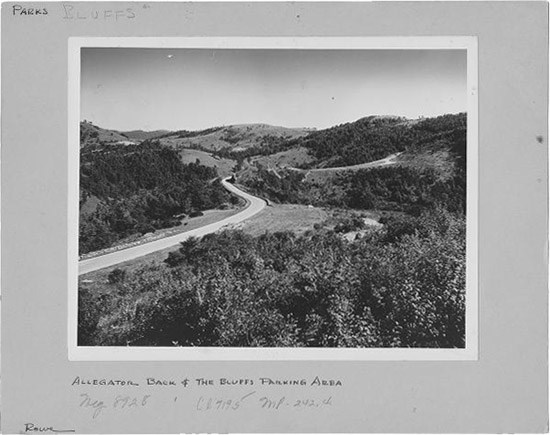
(June 1946).
NPS / Blue Ridge Parkway
Blue Ridge Parkway
Blue Ridge Parkway oral history interviews are featured on "Driving Through Time: The Digital Blue Ridge Parkway," an innovative website designed in collaboration with academic partners.
Visitors can hear and read interviews with people who lived in communities along the parkway corridor, workers who designed and built the parkway, and former National Park Service employees.
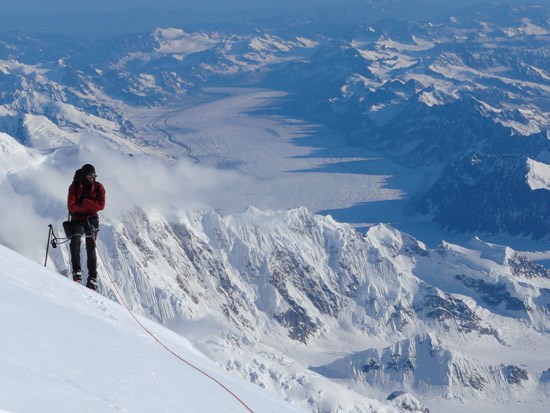
NPS / Denali National Park and Preserve
Denali National Park and Preserve
Denali National Park and Preserve collaborated with University of Alaska Fairbanks Project Jukebox, the digital branch of the university's oral history program, to produce and share its collection of interviews about mountaineering.
The Denali Mountaineering Jukebox showcases narrators who describe the challenges, dangers, and rewards of climbing on Denali as they discuss climbs and routes; accidents and rescues; climbing philosophy, technology, and management; mountaineering transportation and access; mountain physiology; mountain science; guiding; and freighting.
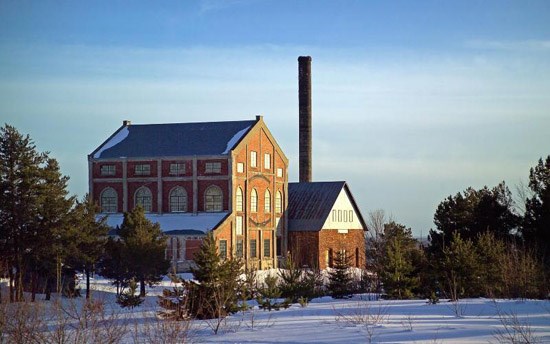
NPS / Keweenaw National Historical Park
Keweenaw National Historical Park
Keweenaw National Historical Park uses oral history interviews to explore the heritage of hard rock copper mining in the Keweenaw Peninsula of Michigan and the history of peninsula communities; to provide information to park staff engaged in managing structures and landscapes; to document the park's administrative history; to inform interpretative programming; and to amplify museum exhibits.
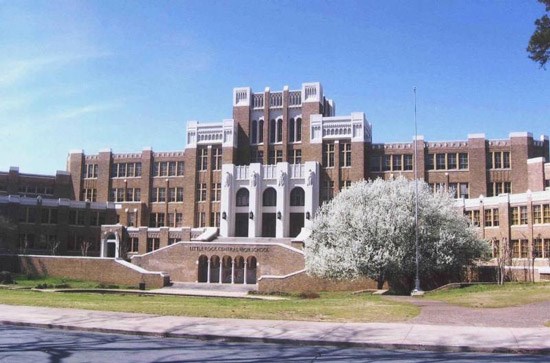
NPS / Little Rock Central High School National Historic Site
Little Rock Central High School National Historic Site
Little Rock Central High School National Historic Site's oral history interviews are key elements of its exhibits. Visitors can watch participants discuss 1957 Central High desegregation events, race relations in Little Rock, "Jim Crow" segregation in Little Rock, court cases related to the desegregation crisis, the role of the military and school officials in the crisis, and how citizen groups helped to resolve the crisis.
The park's website also features members of the Little Rock Nine reflecting on the challenges they faced during the 1957-58 school year.
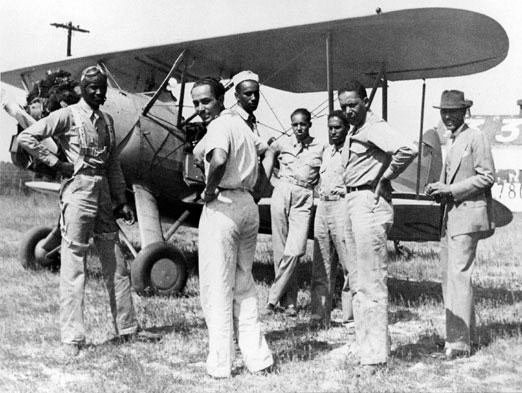
Photograph from the Col. Roosevelt J. Lewis Collection at Moton Field, Tuskegee, Alabama.
Tuskegee Airmen National Historic Site
Tuskegee Airmen National Historic Site benefits from some 850 interviews conducted during its development between 2001 and 2005. Oral historians focused on the men who were the first African American military aviators who trained to fly airplanes at segregated facilities at Moton Field during World War II. They also recorded the stories of military and civilian support personnel who kept the pilots flying and the wives of airmen who lived at Tuskegee while their husbands were in training.
The oral histories have informed rehabilitation of historic structures and museum exhibit development at the site. Park visitors can hear the Tuskegee Airmen's stories in their own words.
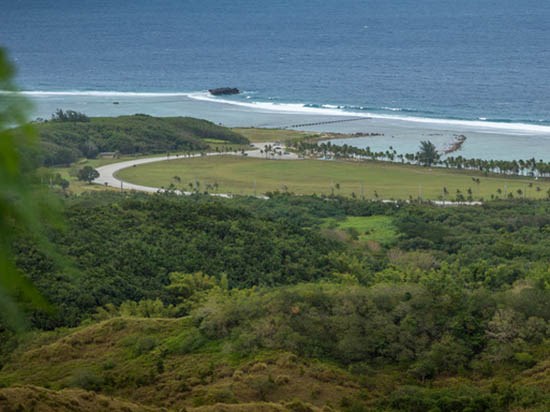
NPS
War in the Pacific National Historical Park
In the Voices of Guåhan (Guam) Oral History Tour, hear stories about the Battle of Guam from World War II survivors. CHamoru, the indigenous people of Guam and the Marianas, and military service members describe how the war impacted their lives and changed the island. The tour is provided through the NPS app.
The project was developed as part of the Mellon Humanities Postdoctoral Fellowship program.
Oral history was also part of a 2021 Rapid Ethnographic Assessment Project (REAP) at War in the Pacific National Historical Park, helping to document traditional practices, cultural resources, and place names associated with the Asan Beach and Agat units. The information in these interviews contributes to historical study and management plans.
Last updated: December 6, 2024
